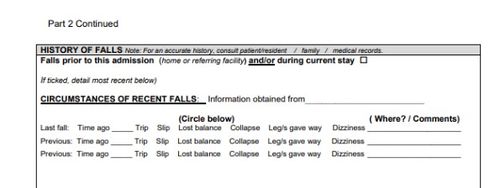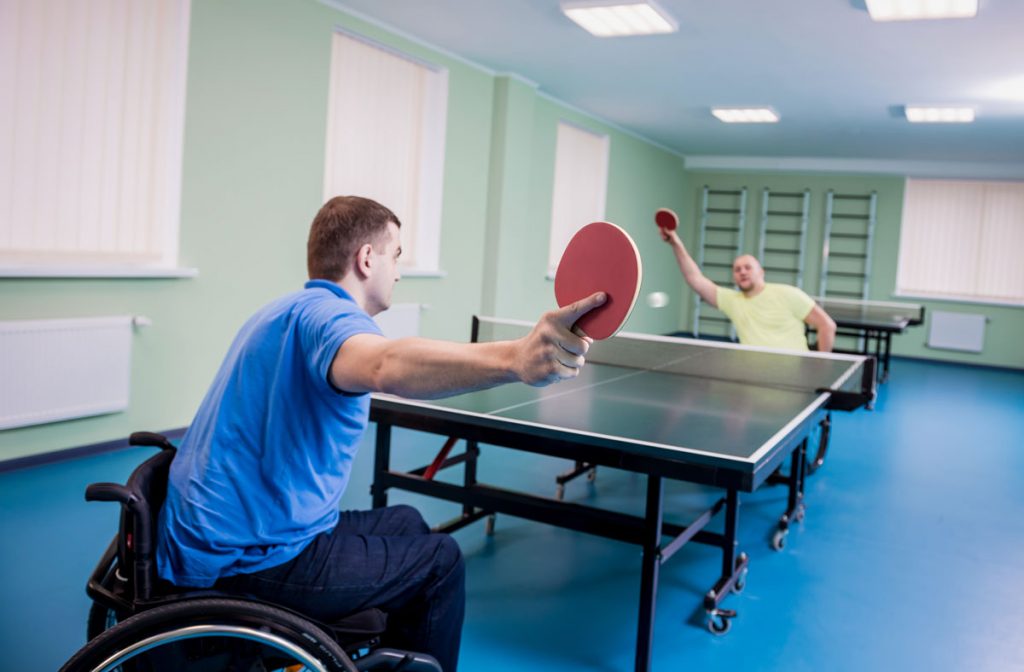Some Known Facts About Dementia Fall Risk.
Some Known Facts About Dementia Fall Risk.
Blog Article
Dementia Fall Risk - An Overview
Table of Contents3 Easy Facts About Dementia Fall Risk DescribedThings about Dementia Fall RiskDementia Fall Risk for BeginnersThe Main Principles Of Dementia Fall Risk
A fall threat assessment checks to see exactly how most likely it is that you will certainly fall. The analysis usually consists of: This consists of a collection of inquiries about your overall wellness and if you've had previous drops or troubles with balance, standing, and/or walking.STEADI includes testing, examining, and treatment. Treatments are suggestions that might decrease your danger of dropping. STEADI includes 3 steps: you for your threat of dropping for your threat factors that can be improved to attempt to avoid falls (for instance, balance troubles, damaged vision) to decrease your risk of dropping by using reliable approaches (for example, giving education and resources), you may be asked a number of concerns including: Have you dropped in the past year? Do you feel unstable when standing or strolling? Are you fretted about falling?, your copyright will check your toughness, equilibrium, and stride, making use of the complying with autumn analysis tools: This examination checks your gait.
After that you'll take a seat again. Your company will certainly examine how long it takes you to do this. If it takes you 12 secs or more, it might suggest you go to greater risk for a fall. This examination checks strength and balance. You'll rest in a chair with your arms crossed over your chest.
The settings will certainly obtain harder as you go. Stand with your feet side-by-side. Relocate one foot halfway onward, so the instep is touching the big toe of your various other foot. Relocate one foot completely in front of the other, so the toes are touching the heel of your various other foot.
Dementia Fall Risk for Beginners
A lot of drops happen as a result of several contributing elements; therefore, handling the danger of falling begins with recognizing the variables that add to drop threat - Dementia Fall Risk. Several of one of the most relevant threat factors include: Background of prior fallsChronic clinical conditionsAcute illnessImpaired gait and equilibrium, reduced extremity weaknessCognitive impairmentChanges in visionCertain high-risk medications and polypharmacyEnvironmental variables can additionally increase the danger for drops, including: Inadequate lightingUneven or damaged flooringWet or unsafe floorsMissing or damaged hand rails and order barsDamaged or incorrectly equipped equipment, such as beds, wheelchairs, or walkersImproper use assistive devicesInadequate guidance of individuals living in the NF, including those that show aggressive behaviorsA effective loss threat administration program requires a complete scientific evaluation, with input from all participants of the interdisciplinary group
.png)
The care plan must additionally include treatments that are system-based, such as those that advertise a safe atmosphere (proper illumination, handrails, get hold of bars, and so on). The effectiveness of the treatments need to be assessed occasionally, and the treatment plan changed as needed to mirror modifications in the fall threat evaluation. Applying a fall threat management system making use of evidence-based best method can decrease the occurrence of drops in the NF, while limiting the potential for fall-related injuries.
More About Dementia Fall Risk
The AGS/BGS standard advises evaluating all adults matured 65 years and older for autumn risk each year. This testing includes asking patients whether they have actually dropped 2 or even more times in the past year or looked for clinical focus for a fall, or, if they have not fallen, whether they really feel unsteady when walking.
People that have fallen when without injury ought to have their equilibrium and gait assessed; those with gait or equilibrium abnormalities must get extra analysis. A background of 1 Click This Link fall without injury and without stride or balance problems does not warrant additional evaluation beyond continued yearly fall threat screening. Dementia Fall Risk. A loss danger assessment is needed as component of the Welcome to Medicare examination

The Best Guide To Dementia Fall Risk
Recording a falls history is just one of the top quality signs for autumn avoidance and administration. A vital component of threat evaluation is a medicine evaluation. A number of courses of drugs increase loss threat (Table 2). copyright medicines particularly are independent predictors of drops. These medicines often tend to be sedating, alter the sensorium, and hinder balance and stride.
Postural hypotension can usually be alleviated by lowering the dosage of blood pressurelowering drugs and/or stopping medications that have orthostatic hypotension as a negative effects. Usage of above-the-knee assistance tube and resting with the head of the bed elevated might also reduce postural decreases in high blood pressure. The preferred elements of a fall-focused physical exam are displayed in Box 1.

A Pull time better than or equal to 12 seconds recommends high autumn danger. Being incapable to stand up from a chair of knee elevation without making use of one's discover this info here arms suggests increased autumn threat.
Report this page